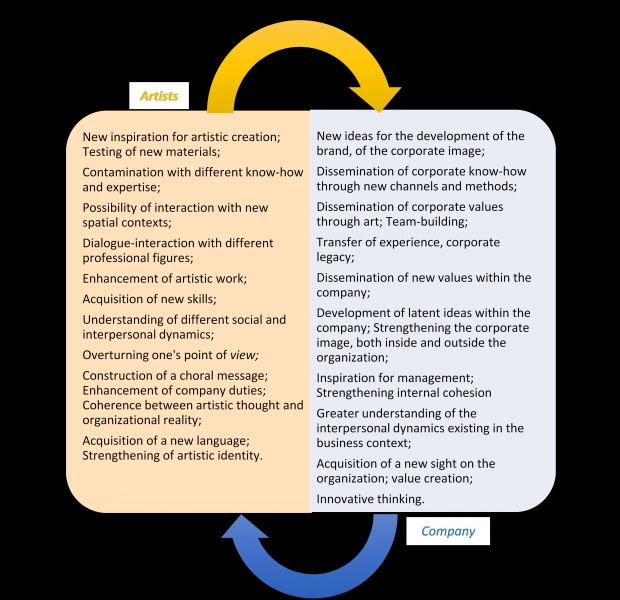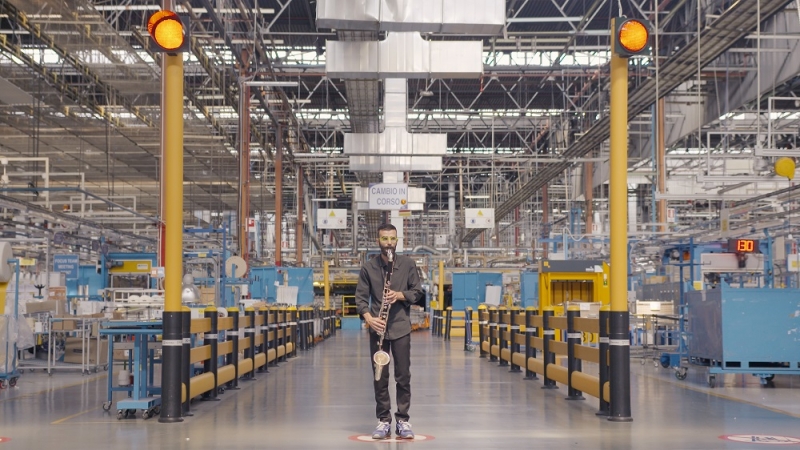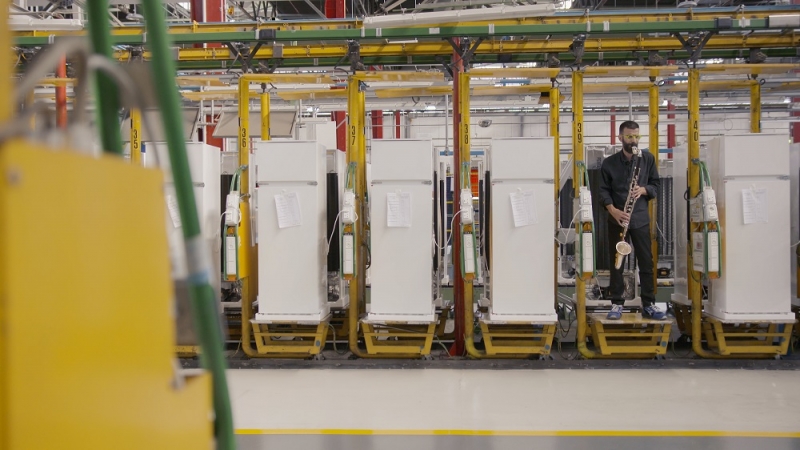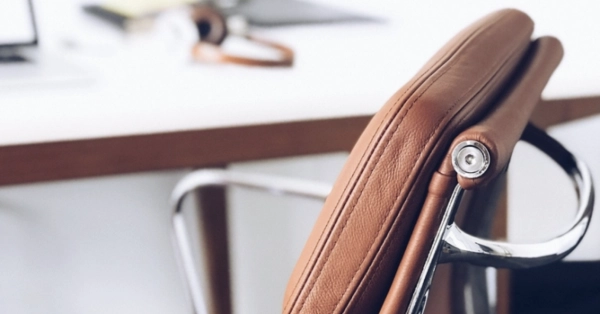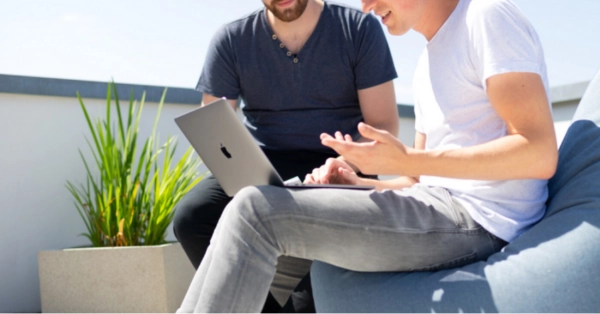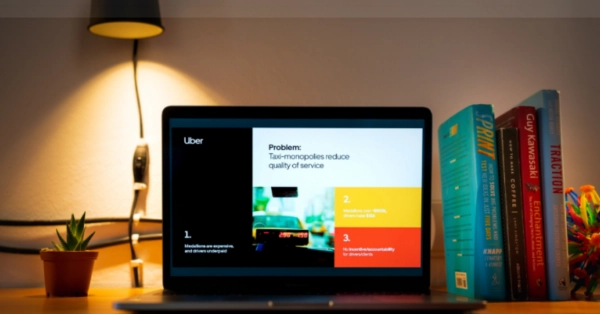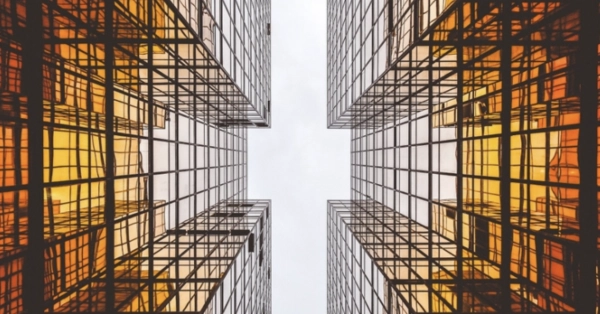In the last twenty years, through the artistic interventions, the world of art and business has extended its interactions beyond the simple philanthropic activities of sponsorship, promotion, and public relations, to explore forms of involvement oriented toward learning.
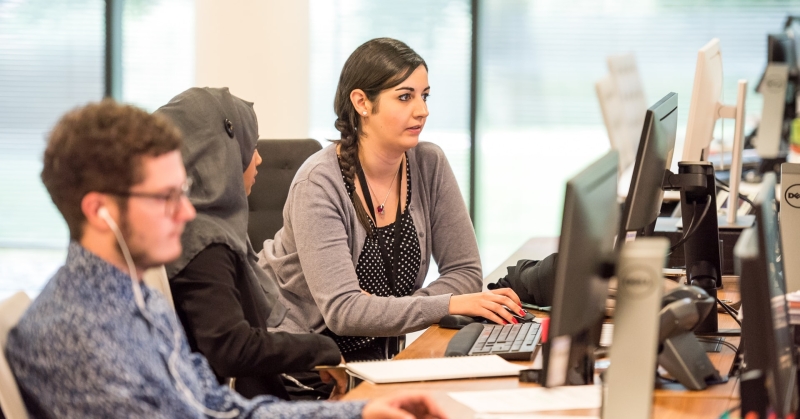
Artistic or creative interventions can last a few hours, days, months and sometimes, in the most exemplary cases, even years. They can involve all forms of art and creativity ranging from theatre, to visual art and music aiming at mediating the dominant economic logic, typical of the business world, with an artistic-practical logic. All this is driven by the desire to produce the passion for art and to contribute to a greater good, nourishing creativity and people's innovation.
In particular, in the relationship between art and business an essential element is creativity considered as the impulse to innovate, to find opportunities without having previous proof of the existence of a guaranteed result. The image of a classic company is far from being a beacon of creativity - for this reason, it is necessary to create a suitable climate within the company and with the employees in order to develop it.
For example, in the US jazz music has been used by some companies as a way of teaching improvisation. Jazz musicians have taught how to try to achieve a non-preformed result through jam sessions consisting in regular or impromptu reunion of musicians who find themselves for a musical performance without having anything preordained, usually improvising a variety of known chords and themes.
Fabrizio Panozzo and Silvia Cacciatore from University Cà Foscari Venice have carried out a detailed analysis of key case studies since 2014 at the MacLAB (Laboratory for the management of arts and cultures) of the Ca' Foscari University of Venice, one of the most important Italian research centers in the domain of organization and management of arts, cultural productions, and creative industries. According to the outcomes collected in the research paper “A model of cooperation between art & business”, the main benefits of the creative interventions from both artists' and companies’ perspectives may be summarised as follows.
Creative interventions in practice: Electrolux Italy
In order to better understand this too, below we are presenting one example of a creative intervention in a company: a video produced by the musician Francesco Ganassin to tell the transformation, innovation, and future of the Electrolux company in Treviso, Italy (2019).
The video made in the Electrolux plant in Susegana (Treviso) by the artist of D20 ArtLab transforms the sounds of the machines on the production lines into music and offers new visions.
The goal of "Sound lines", the challenge commissioned by the company to the artists of the Paduan start-up D20 ART LAB and built in the Susegana plant, in the Treviso area is to experiment with a new type of storytelling - an artistic video - to tell through images and sounds the change, innovation, and future of Electrolux, which this year has reached the milestone of one hundred years of history and activity
The soundtrack of the video is entirely created using the sounds of the machines in operation - and of the objects in the factory, recorded and transformed into music, finally mixed with the live performance of a musician.
The notes of Francesco Ganassin's bass clarinet are intertwined in a continuous, reciprocal call the sounds of corrugated pipes, the siren of the pedestrian crossing, screwdrivers, carton press compactors, motor compressors, robots, and again of boxes, containers, and bearings that the musician gradually transforms into flutes, percussion, sound carpets.
In a perfect and harmonious texture with the sounds, the images reflect the performance of the actors "on stage" - the machines and the musician in continuous interaction with each other and with the space of the factory around - enhancing details and peering at unusual views, looking for new points of view and suggesting new visions.
This video’s call to action is an invitation for viewers to see the daily spaces of production and work with a different look: this is why the video begins in the current factory and ends in the shed that will house the new production lines, highly automated and computerized according to the principles of the 4.0 factory.
An empty and "new" space to be filled, reimagined and designed together: together with those who live and will inhabit that place in the years to come, and which every day will continue to weave the history of the company and make it great.
The direction, the images, and the editing of the video bear the signature of Raffaella Rivi; the music and sound design are by Sergio Marchesini and Francesco Ganassin. Its first public presentation took place precisely during the centenary celebrations in the Veneto site.
The meeting between Electrolux and the D20 artists takes place in the context of "Art & Business": not just a line of research from the Ca 'Foscari University of Venice - which has been exploring the connections between art and business for years - but a true codified model intervention to put the artist's work into interaction and dialogue with that of the company. In exchange, as it happened in this case, it generates new ways of narrating large companies, the transformation towards a new model of industry 4.0, the changes in the world of work.














